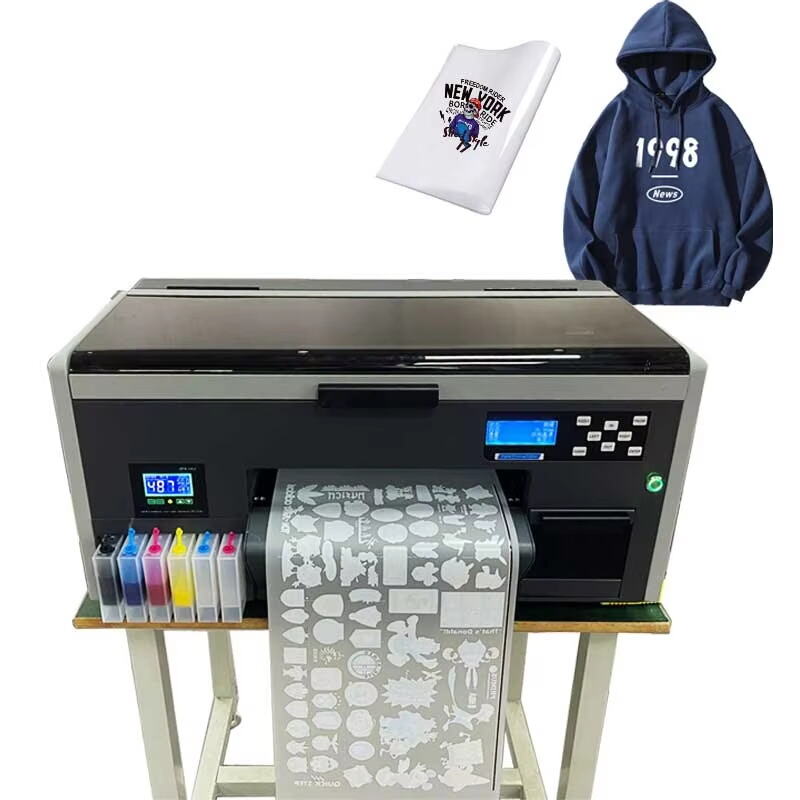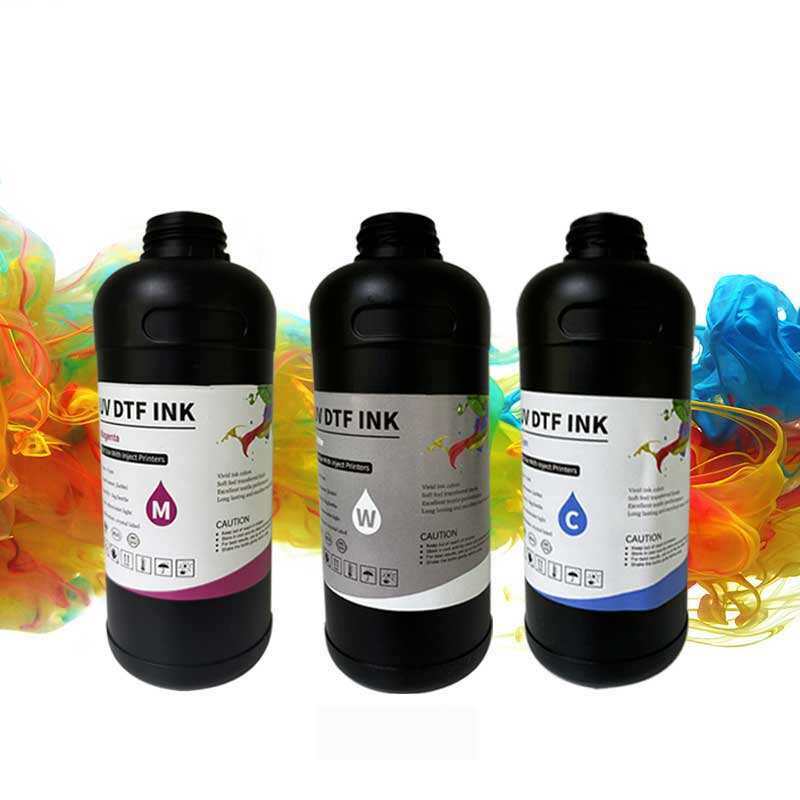diy vacuum exposure unit
A DIY vacuum exposure unit is an essential piece of equipment for screen printing and PCB manufacturing that combines UV light exposure with vacuum technology. This versatile tool enables precise transfer of designs onto photosensitive materials through a controlled exposure process. The unit typically consists of a vacuum chamber, UV light source, transparent glass plate, and a rubber blanket that creates an airtight seal. When activated, the vacuum system removes air between the artwork and the substrate, ensuring perfect contact and preventing light scatter during exposure. This results in sharp, detailed reproductions of intricate patterns and circuits. The DIY aspect allows users to customize specifications according to their needs, from choosing UV wavelengths to determining exposure area dimensions. The unit's construction typically incorporates high-quality materials like tempered glass and industrial-grade rubber seals, while offering adjustable exposure times and vacuum pressure settings. These units are particularly valuable for small businesses and hobbyists, providing professional-grade results at a fraction of commercial unit costs. The technology enables consistent reproduction of fine lines and detailed patterns, making it ideal for both artistic screen printing applications and technical PCB manufacturing processes.


